Above the Line: A term used to describe the editors who are at the very top of the masthead often separated from the rest of the staff by a line. Executive Editors, Managing Editors, Art Directors, and Deputy Editors are usually “above the line.”
Acquisitions Editor: See Assigning Editor.
Art Director: S/he oversees all of the editorial (meaning not ads) art in the magazine, which includes design, photography, and illustrations. It is the highest art position on staff. Most Art Directors have Associate, Deputy or Assistant Art Directors under them. Sometimes the Art Director is called Design Director or Creative Director.
Assigning Editor: Refers to an editor who assigns stories, usually features, to freelance writers. This is usually not a title on a masthead, just a way to distinguish between to an editor who assigns stories to outside writers rather than one who edits and/or writes stories in-house. Generally an assigning editor is a senior editor or above, although now more associate editors are assigning editors as well. Also known as an Acquisitions Editor, but more in the book publishing world than the magazine world.
Assistant Editor: The next step after Editorial Assistant, usually it involves more editing and/or writing responsibilities, but not always.
Associate Editor: The next step after Assistant Editor. Associate Editors are usually responsible for writing and/or assigning (to other writers) the FOB and BOB columns and stories.
Back of the Book: The last third of the magazine after the “well” that has advertising surrounding it. The BOB usually consists of short, one-to-two page articles and columns.
Blues: The first set of pages that come back from the printer before a final print run of the magazine is done. Blues are used to catch last-minute mistakes and are usually only seen by the EIC, Art Director, and/or Managing Editor.
Blurb: See Dek.
B.O.B.: See Back of the Book.
Clips: Samples of your published work often requested when applying for a magazine job or a freelance writing or editing assignment. Clips usually refer to those stories you’ve written a byline piece for a magazine, newspaper, or other medium, but they can also refer to stories you’ve edited.
Closing: See Shipping.
Copy Editing: Editing that is intended to catch spelling errors, grammatical errors, and other typos in all text before it is sent to the printer. Copy editors also ensure that all text abides by proper style, usually according to a combination of the Associate Press Style Book and the magazine’s own style guide. Copy editors check all editorial copy in the magazine, including headlines, captions, credits, coverlines and bylines. Copy editors are usually not responsible for making line edits or conceptual edits in text.
Copy Editor: A copy editor looks for grammar, spelling, and style mistakes in a story (or any other text for that matter) after it is written and edited for content and clarity. Most staffs hire both freelance and full-time copy editors. The head of the copy department is the copy chief.
Copy Flow: Term used to describe the process by which the initial text of a story moves from writer to editor to copy desk to designer. Often a combination of checks and rechecks.
Creative Director: See Art Director.
Dek: See Hed.
Editor at Large: This is one of those titles that is different at every magazine. Some Editors at Large are more like Contributing Editors and while they conribute to the magazine by either writing or editing stories, they may only work on special projects and may only work part-time. However, other Editors at Large have full-time staff positions and are no different from any other editor on staff—they just outgrew a Senior Editor (or other) title.
Editor in Chief: The top editorial position at most magazines. At Time Inc. magazines, such as People and InStyle, the top editorial position is called Managing Editor.
Editorial Assistant: By far the most important job on staff (!). The EA is the entry-level position on the editorial side of the magazine, often filled by a recent college graduate. S/he usually reports to one or more senior-level editors. Some EAs only do administrative duties (opening mail, answering phones, copying stories, replying to reader mail), but many have (or can earn) writing and editing responsibilities. The next step after EA is Assistant Editor.
Editorial Director: An editorial director is usually a person who manages one or more editors in chief, usually within a large magazine company. The ED, often a former editor in chief him/herself, is responsible for approving things like covers or large projects such as a redesign or relaunch. S/he may be in charge of a group of magazines all with different editors in chief within the same company; for example, a teen group or a parenting group. On rare occassions, the term editorial director is used to mean “executive editor” or “editor in chief” rather than the more prestigous role mentioned above.
Entertainment Editor: Depending on the magazine, the entertainment editor may be responsible for a combination of booking celebs for stories (see “wrangler”), conceiving of, assigning, editing, and/or writing all pages related to celebrities and entertainment. Given monthly magazines’ long lead times, the Entertainment Editor must keep abreast of all upcoming movies, TV shows, music, gossip, and industry news to make sure the magazine’s coverage is timely and fresh. Often, the Entertainment Editor consults on all other pages in the magazine that include any kind of celeb element.(The Entertainment Editor must love all aspects of shmoozing, as lunches, drinks, screenings, parties, and meetings are a major part of the gig! Obsession with one’s TV, iPod, and local Loews are job requirements.)
Executive Editor: The Exec is usually the #2 editorial person on staff. S/he usually approves all the editorial copy before it goes in the magazine and is in charge of all hiring decisions. At large magazines, the Exec is often the behind-the-scenes head of the magazine while the EIC serves more as a figurehead.
Fact-Checker: See Research Editor.
Feature: A feature is a story that’s longer than a standard news story and written in a different style. Features can vary widely, so you can have a news feature or an arts feature.
Although the term feature implies softer news, a feature is often defined by its lenth and style, which differs from a straight-up news story. Features also often appear in magazines though newspapers and websites also run features. The middle section of a magazine is also where you usually find the features; this section is known as the feature well.
Final: See Galley.
First Bound: The first print run of any issue. Usually the staff gets first bounds before issues appear on stands. Small changes can be made at this point, but it’s very expensive to do so.
Flak: A slang term for a publicist or public relations representative, usually an entertainment publicist.
F.O.B.: See Front of the Book.
Frankenstein Cover: When body parts or clothing of a cover subject (usually a model or a celebrity) are digitally manipulated. For instance, Jennifer Aniston’s head from one picture is attached to her body from an entirely different picture. Often this creative photo-editing goes undetected; only when it is noticeable do people refer to it as “Frankenstein”.
Front of the Book: The first third of the magazine before you get to the “well” that has advertising surrounding it. The FOB usually consists of short, one-to-page articles and columns.
Galley: A page (usually 11×14) of a story or column with the approved text incorporated into the approved layout. It looks just as it will in the magazine; the galley is one of, if not the final, opportunity for editors to make changes before the page is shipped to the printer. Also called “proof” or “final.”
Hed: Short for “headline.” Usually accompained with a “dek,” a one or two line summary of the story. I.e., Hed: Is Your Boyfriend Making You Fat? Dek: He Could Be! Here Are 3 Ways to Watch Your Waist-line During Your Relationship. Also called “titles and blurbs” or simply “T&Bs”.
Layout: The design of any magazine page, including pictures, headlines and captions.
Line Editing: This refers to editing copy for clarity, logic, and flow. It can also include copy editing, but generally does not include big-picture conceptual editing or rewriting of copy. Traditionally, an editor line edits on paper (rather than on a computer) and uses directionals and other editing markings to indicate the changes she wants made in the copy. Editors often ask prospective hires to take editing tests which include line edits.
Managing Editor: One of the top positions at any magazine. The ME is usually, but not always, responsible for overseeing the actual page production of the magazine and making sure each issue reaches the printer on time. At many magazines s/he is also in charge of staff issues (hiring, vacation allotment) and budgets. S/he is also usually the liaison between editorial and advertising. Most MEs do not edit or write copy.
Market Editor: Refers to an editor, usually in fashion, whose spends most of her time “in the market” (at fashion shows, shops, designers, etc.) looking for the latest trends in clothes, shoes, and accessories that can be incorporated in the fashion pages of the magazine.
Masthead: The list of staffers at any given magazine that usually appears in the first few pages of any magazine. Most magazines list their editorial and advertising staffs separately. Usually the most important people are listed on top (Editor in Chief, Executive Editor, Art Director) and the important-challenged are on bottom (editorial assistants, copy editors, fact checkers).
MEGO: This stands for “my eyes glaze over.” Few editors use this phrase on copy anymore, but if you should find it in the margin of your copy be warned: She’s probably bored by whatever you wrote.
On Spec: Short for “on speculation.” Normally when a freelance writer pitches an idea to an editor at a magazine, she just gives the editor the story idea, but she doesn’t actually write the story unless the editor gives her a contract under which to do so. (The contract will spell out the basic content of the story, the fee, and the deadline among other legal details.) The difference with “on spec” is that the editor agrees to read the entire story—not just the idea—without the promise of a contract or payment. Writing on spec has its good and bad aspects. Good because the editor is more likely to give you a chance, say, if you are a first-time writer to the magazine since she does not have any money at stake. And, you may do such a great job that she does in fact, give you a contract. But it’s bad because you are writing an entire story, doing all the reporting, researching and writing, with the chance that you may never get paid for it. A lot of freelance writers start out offering to write “on spec” just to get their foot in the door. Once you are established, though, you really shouldn’t write for anyone unless you get a contract up-front.
Over the Transom: When a writer sends in a story that was never assigned or discussed, just mailed in, it’s said to have come in “over the transom.” Once they come in “over the transom,” they usually end up in “the slush pile”—magazine speak for the pile of unsolicited manuscripts that collects in editors’ inboxes. These rarely get purchased/published.
Proof: See Galley.
Research Editor: S/he is responsible for verifying all of the facts in a story before it is printed. Research editors are also called “fact-checkers” for this reason. Very few research editors perform preliminary story research. Many magazines hire fact-checkers on a freelance basis. The head of the research department is the Research Chief.
Shipping: A term that refers to sending the magazine’s pages to the printer. It also refers to the period of time it takes an entire issue to be finished or “closed,” anywhere from one to two and a half weeks. Often called “ship” for short, as in “I can’t meet you for drinks. It’s ship.”
SIP: This term stands for Special Interest Publication. An SIP is a magazine that is an off-shoot of another magazine; sometimes they are one-time special issues, but usually they are on-going. (For instance, In Style has In Style Weddings; YM has a special prom issue.) Often a magazine hires a separate staff, often freelance, to produce its SIPs. SIPs are usually newsstand only. It is pronounced two ways: “S.I.P.s” or “Sips.”
Slug: The name used to describe a regular column or feature, usually at the top of a page. For instance, Cosmo’s health column is slugged, “Your Body.”
Spec: See On Spec.
Stringer: A reporter—usually one who just submits story ideas rather than writes them, but it’s defined differently at different magazines. Usually a magazine, if it has stringers, like People does, has a bunch of stringers spread throughout the country so they can get ideas from everywhere.
Title: See Hed.
TK: An editing term that means “to come.” It is often inserted in a story so the flow is not interrupted while the writer looks for the exact fact or detail. For example, “Men are TK% more likely than women to grow hair on their chests.” It is also used in conversation. A managing editor may say, “Where are the TKs for the ‘Beauty in the Desert’ story? We need to fill them now!”
T.O.C.: The Table of Contents.
Well: The well is the group of pages in the center of the magazine where no advertising appears. The well articles are usually cover-line stories and fashion and beauty spreads. They are also usually longer than FOB or BOB stories.
Wrangler: The editor on staff who is responsible for booking the celebrities who appear in the magazine, especially on the cover. On small staffs, the Entertainment Editor is also the Wrangler.
Write-around: a profile that is written, usually of a celebrity, in which the writer/magazine did not actually interview the subject. Sometimes quotes will be pulled from other articles in which the subject was featured (usually you an tell because the quote will be qualified with “once said” or “has said”) and friends, neighbors, and colleagues will be quoted to flesh out the story and “write around” the subject. Often write-arounds are done because the celebrity will not grant the magazine an interview. Write-arounds are popular in entertainment magazines such as People, In Touch, and Us Weekly.
Writing Samples: Samples of writing either published or nonpublished. Also see Clips.
WYSIWYG: Shorthand for “what you see is what you get.”
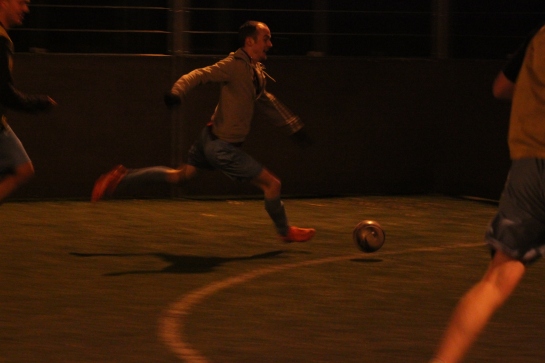
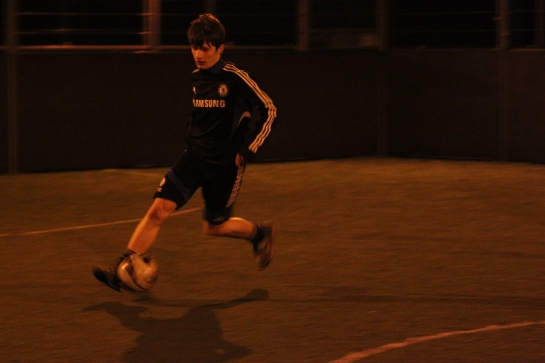
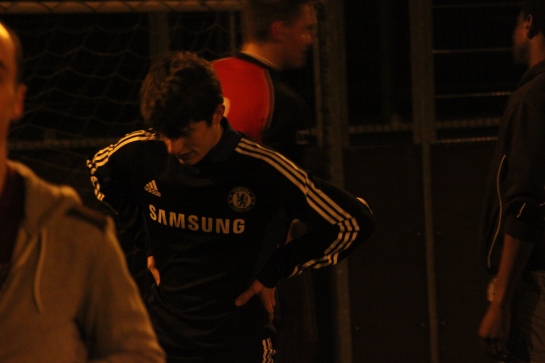
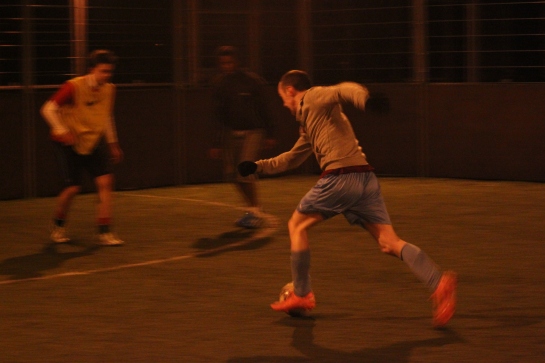
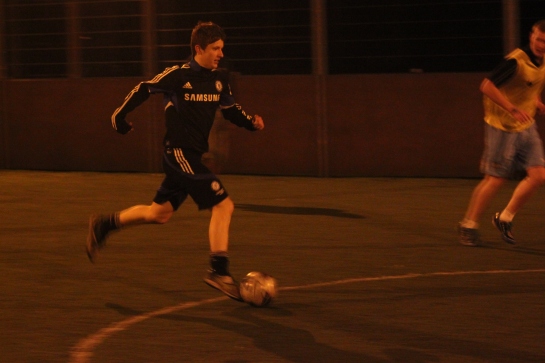
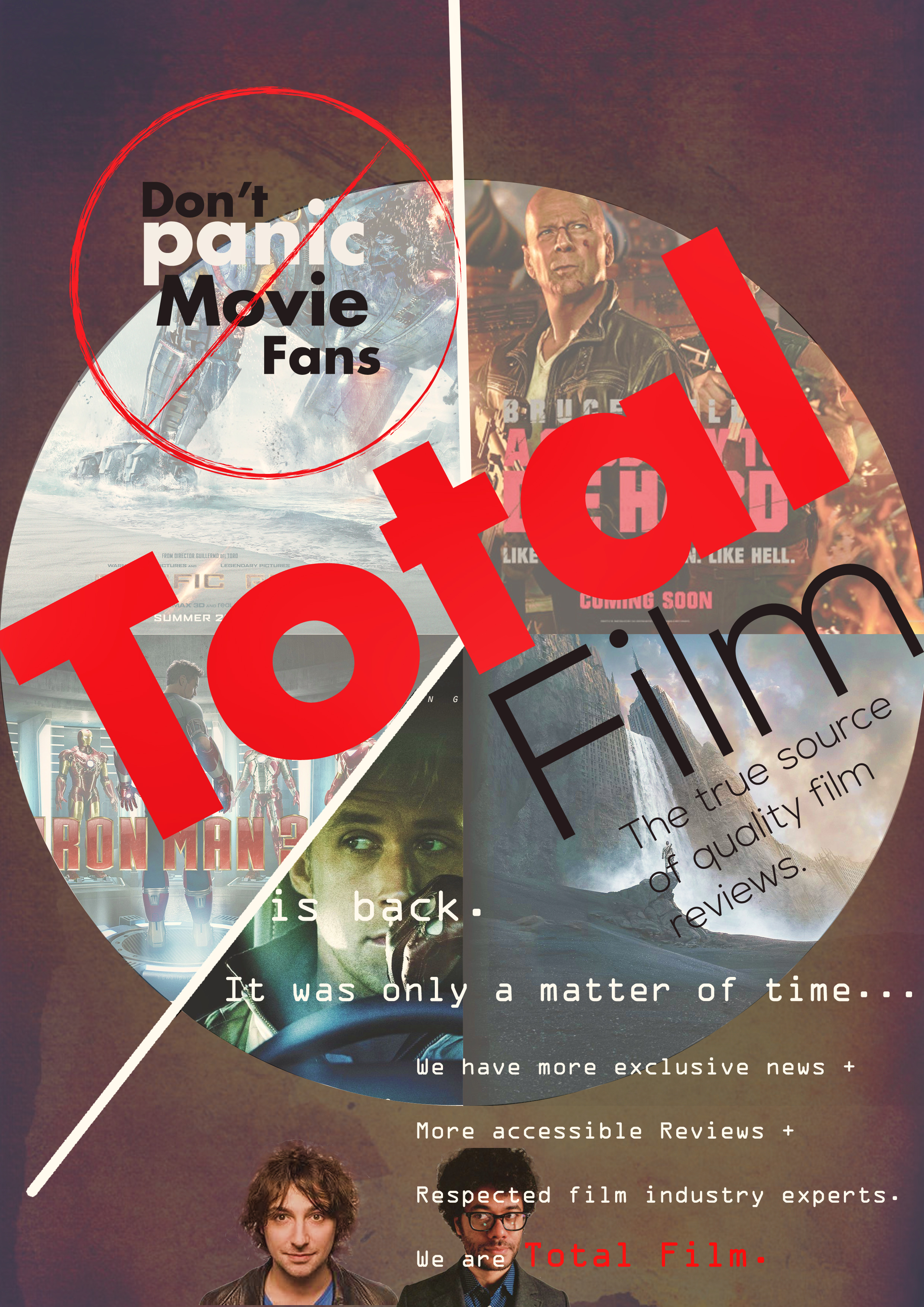
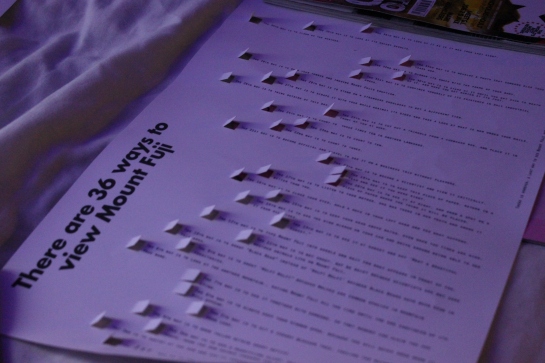
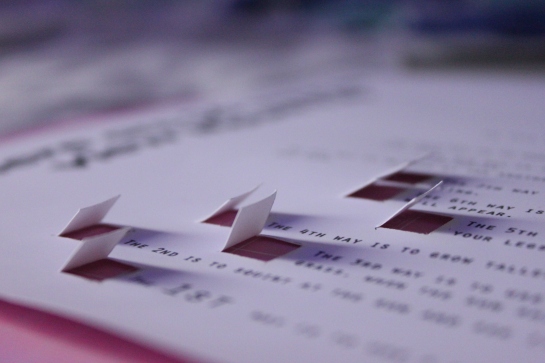

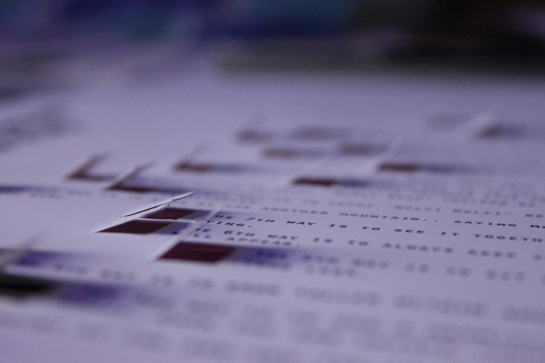
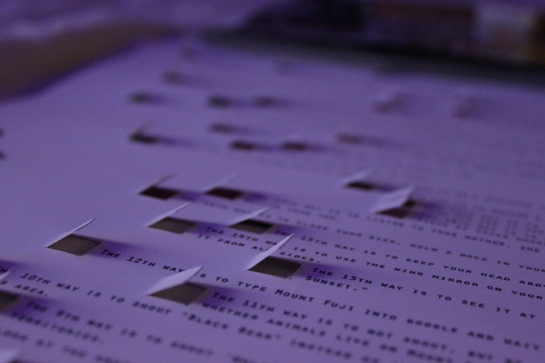

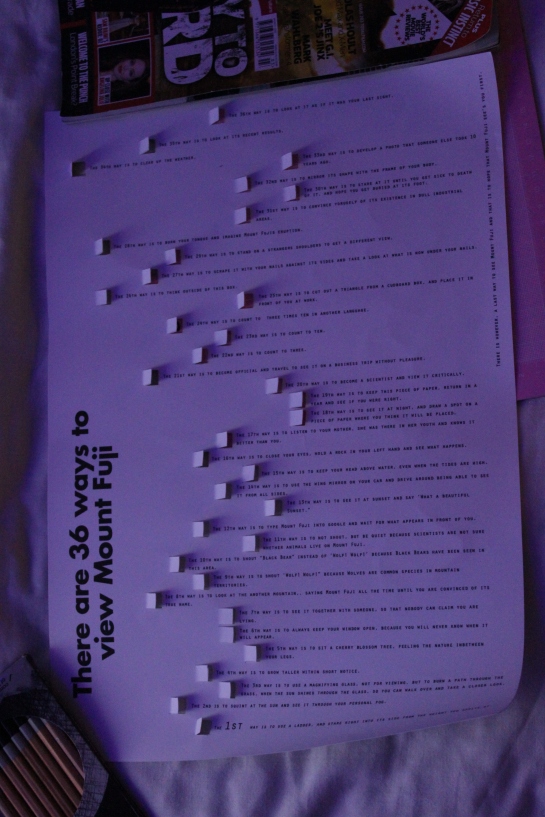
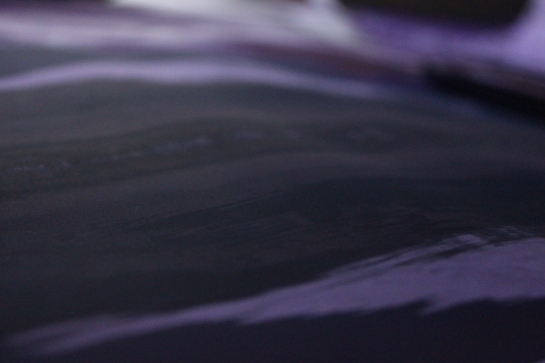
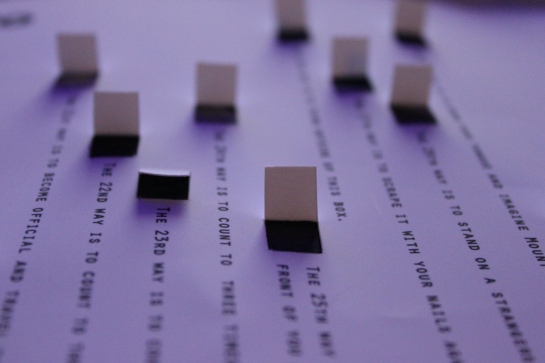

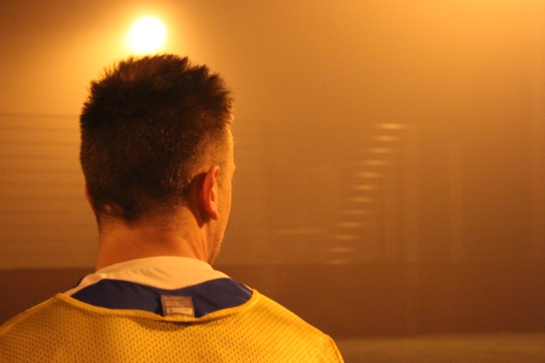
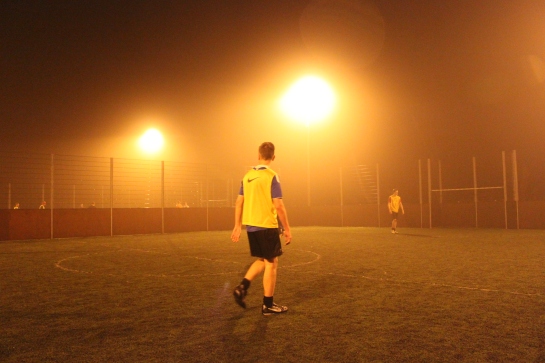
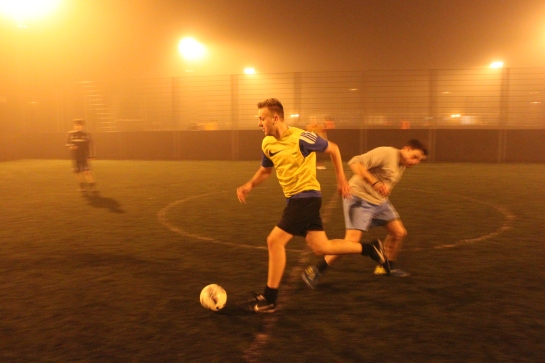
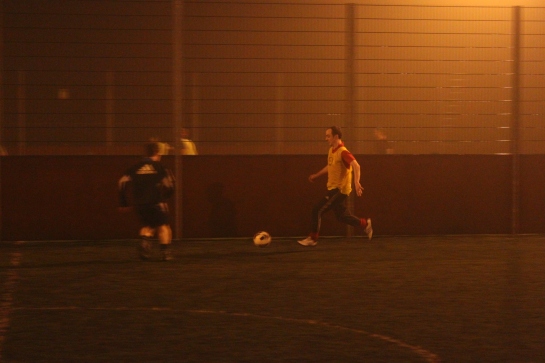
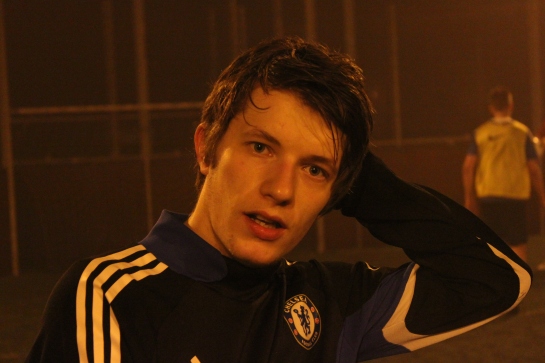
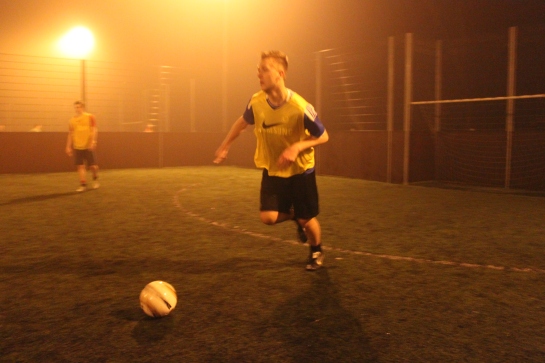
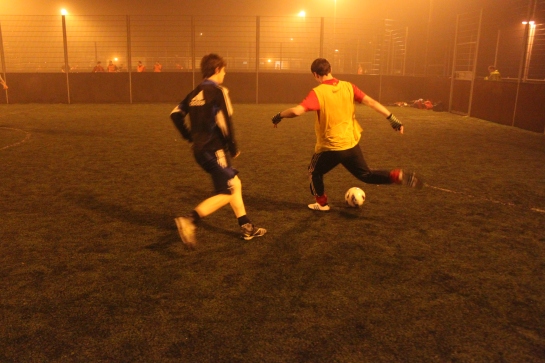
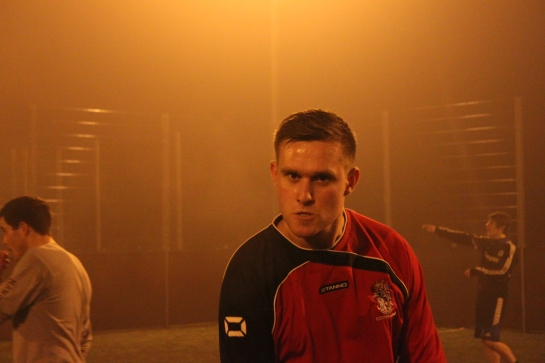
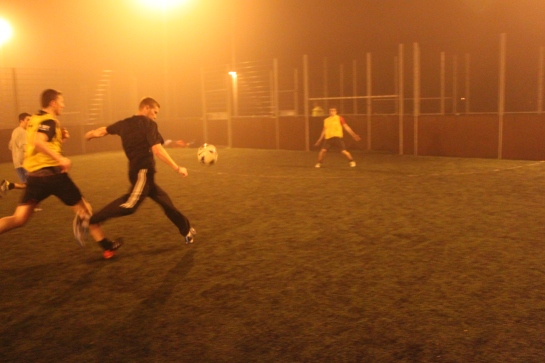
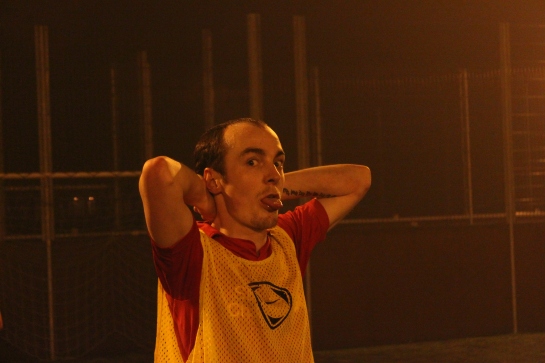
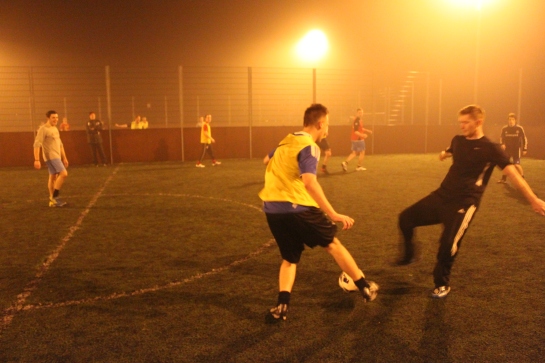
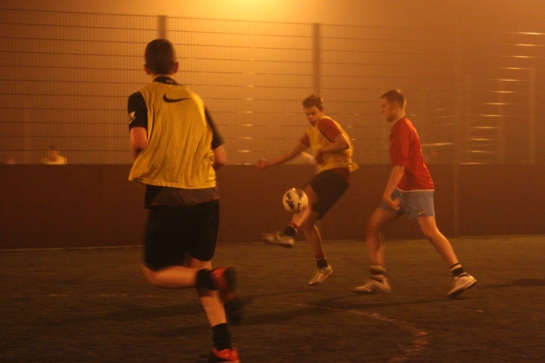

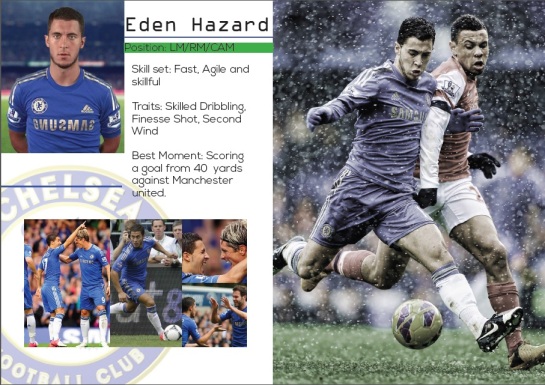 Not sure how much i like this at the moment, but i will continue to play until i find a layout that looks great.
Not sure how much i like this at the moment, but i will continue to play until i find a layout that looks great.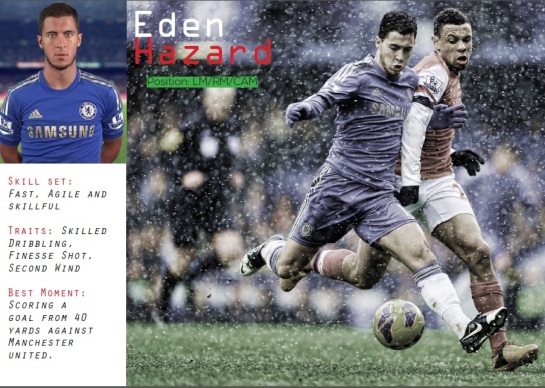
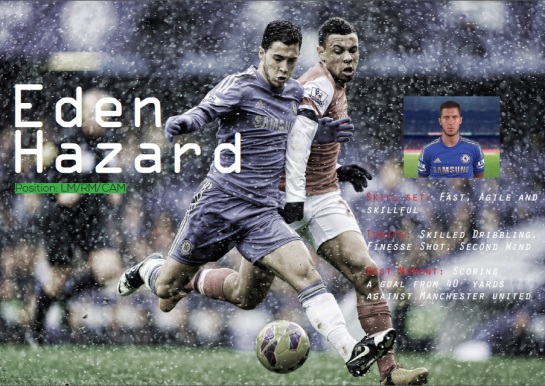

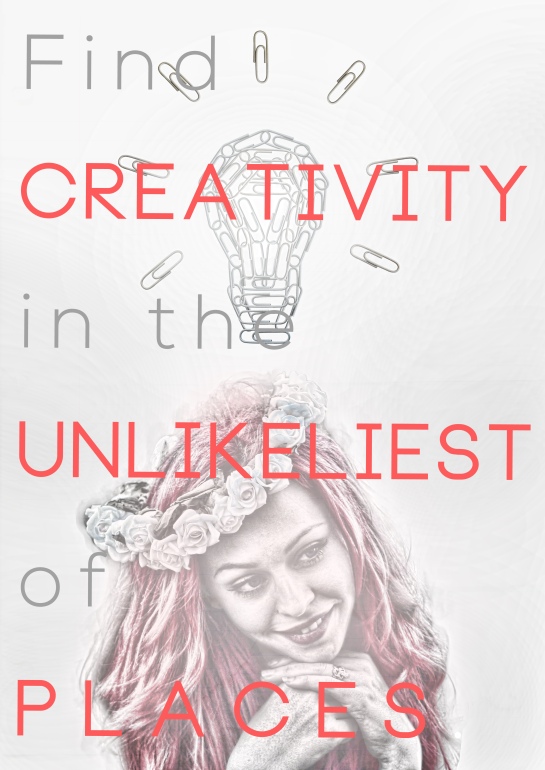
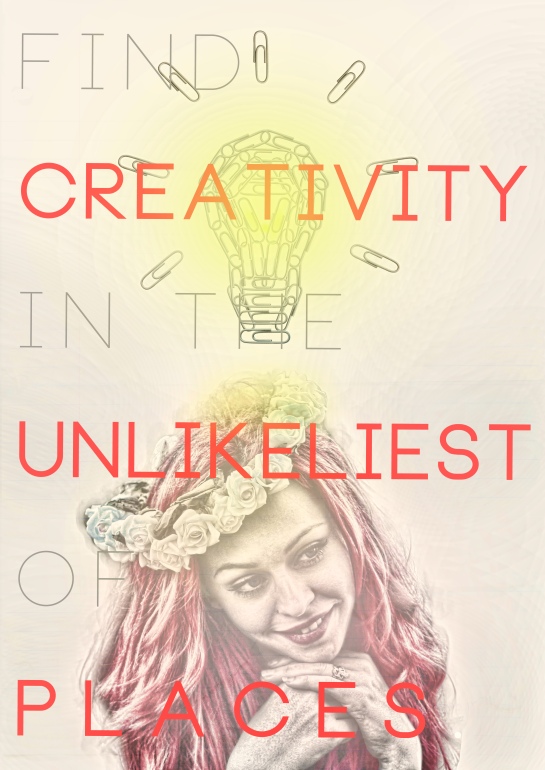
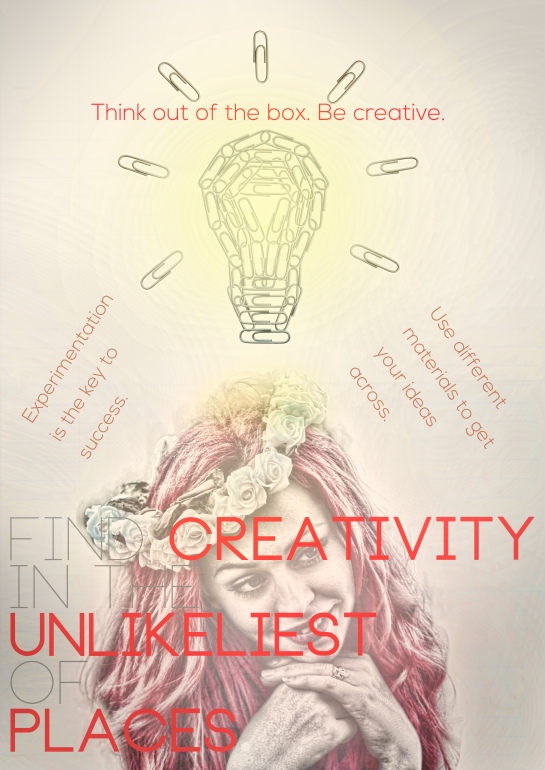 Current final.
Current final.